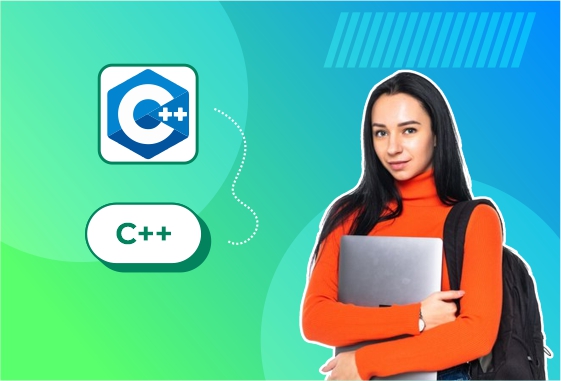
Physics-Based Puzzle Game (using C++ and OpenGL)
Project Title: Physics-Based Puzzle Game using C++ and OpenGL
Project Summary
This project is a 2D or 2.5D Physics-Based Puzzle Game developed using C++ and OpenGL, where players interact with objects affected by realistic physics to solve puzzles. The game challenges players to think critically, considering gravity, momentum, and collision to achieve specific goals like guiding a ball to a target or triggering chain reactions.
Core Components
Physics Engine Integration
- Use of a physics library like Box2D integrated with OpenGL and C++.
- Simulates forces, friction, collisions, and joints between objects.
Puzzle Mechanics
- Players manipulate levers, ramps, pulleys, and moveable platforms.
- Each level has a goal, such as moving an object to a zone or activating a switch.
Rendering with OpenGL
- Custom 2D or 2.5D graphics rendered using OpenGL.
- Includes object shapes, lighting effects, shadows, and textures.
User Interaction System
- Mouse or keyboard used to drag, drop, rotate, or spawn puzzle elements.
- Real-time visual feedback for user actions.
Level System and Game Loop
- Multiple levels with increasing complexity.
- Game loop handles input, physics simulation, rendering, and win/loss checks.
Collision and Trigger Events
- Objects respond to collision using physics responses.
- Triggers used to detect puzzle completion conditions (e.g., object enters a goal area).
Audio and UI (Optional)
- Sound effects for collisions, success/failure, background music.
- On-screen instructions, level select menu, and progress indicators.
Technologies Used
- C++
- OpenGL (for rendering)
- Box2D or custom physics engine (for realistic simulation)
- GLFW or SDL (for window/input handling)
- stb_image or SOIL (for texture loading)
Learning Outcomes
- Deep understanding of real-time physics simulation
- Application of C++ with OpenGL graphics pipeline
- Handling real-time object movement and rendering
- Integration of third-party libraries with native C++ code
- Creative game and level design based on physics constraints
Possible Enhancements
- Level editor for creating custom puzzles
- 3D support using modern OpenGL (if 2.5D is upgraded to full 3D)
- Time-based scoring or leaderboard system
- Hints system using AI or pre-solved paths
- Mobile or web port using cross-platform libraries





